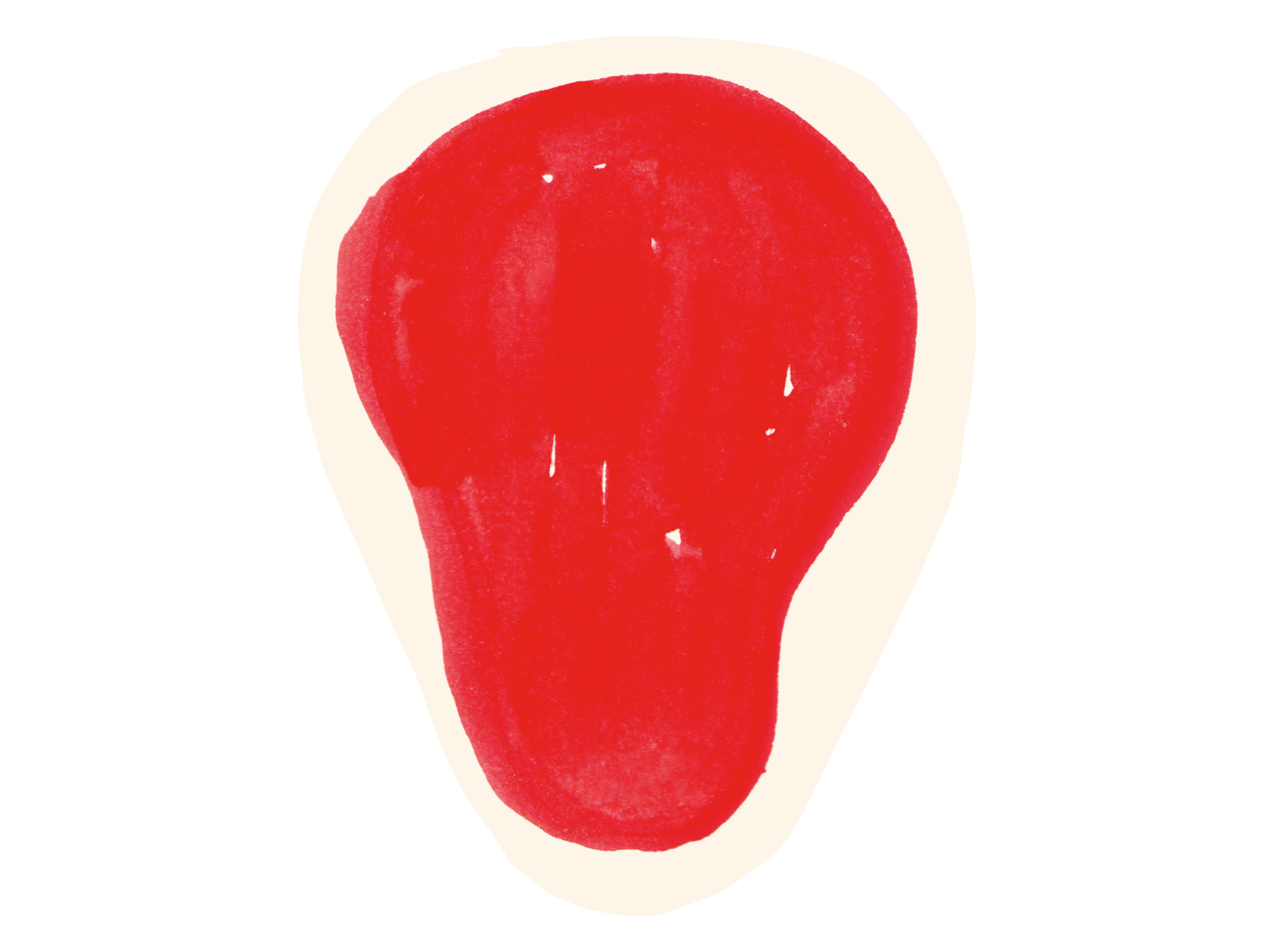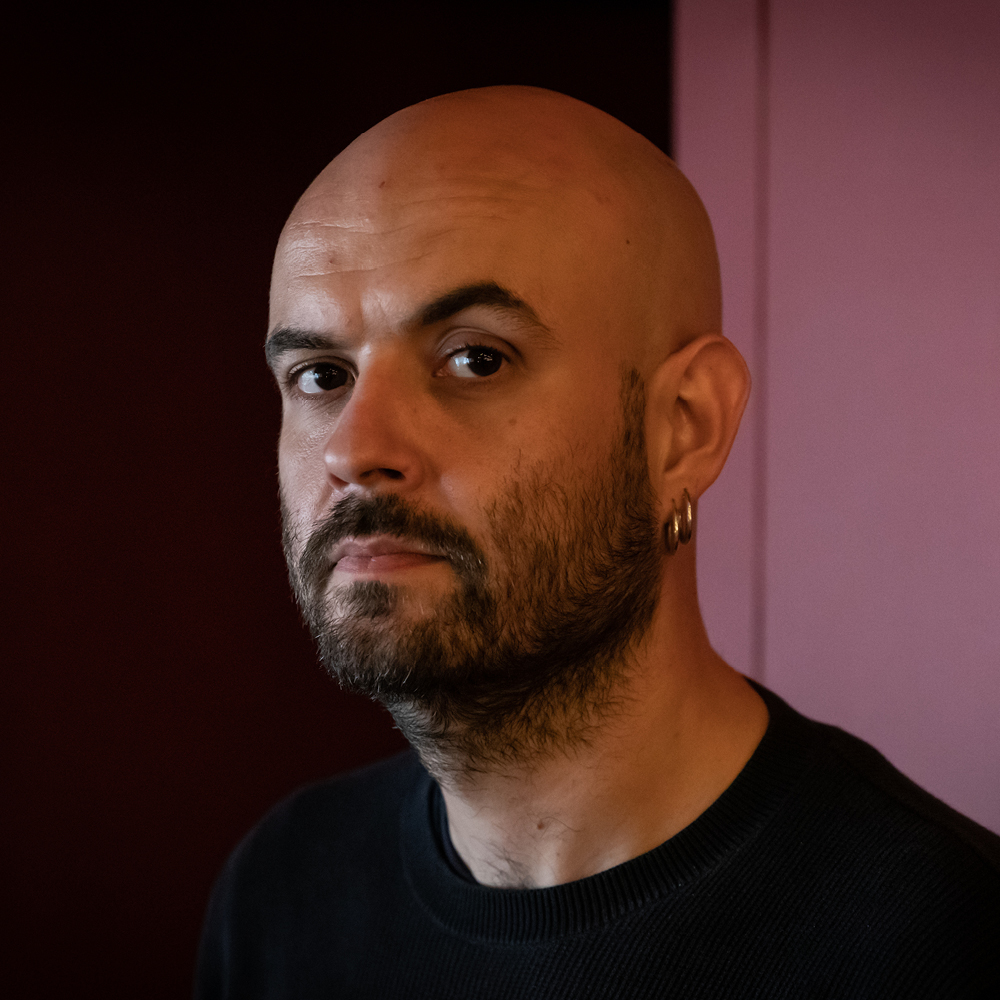Watch video

The story begins in early 20th-century Vienna with a meeting between Arthur Schnitzler and Freud. The wheel of history spins fast and, by the end of the century, another Austrian author, Thomas Bernhard, writes of his rage and despair and calls it Extinction. Combining electronic concert music, a total video system, and radical spoken word theatre, this creation by Julien Gosselin, in conjunction with Volksbühne Berlin, takes us on a journey through Europe as turbulent and terrible as its history. This show within a show paints a portrait of Generation 2.0 on a quest for meaning and sounds out nihilism and the destructive impulse in a bid to uncover the traces of a buried revolt, and ultimately questions our ability to say no in a world on the brink of Extinction.

Julien Gosselin studied at Epsad, the Ecole supérieure d’art dramatique in Lille directed by Stuart Seide. He and six actors from his cohort formed the “Si vous pouviez lécher mon cœur” theatre company in 2009 and directed Gênes 01 by Fausto Paravidino in 2010 at the Théâtre du Nord. The following year, he created the French version of Black Beast Sorrow [Tristesse animal noir] by Anja Hilling. At the Festival d’Avignon, he created Michel Houellebecq’s Les Particules élémentaires [Elementary Particles] (2013), 2666, adapted from Roberto Bolaño’s novel sequence (2016), and Joueurs, Mao II, Les Noms [Players, Mao II, The Names] based on works by American playwright Don DeLillo (2019). At the invitation of the Internationaal Theater in Amsterdam, he continued his exploration of works by Don DeLillo, adapting Falling Man and then Hammer and Sickle. In May 2021, Julien Gosselin and the Théâtre National de Strasbourg’s Groupe 45 created an adaptation of Kieslowski’s Dekalog. In 2021 he directed Leonid Andreyev’s Le Passé [The Past] at the TNS and in 2022 Sturm und Drang, the first part of Une histoire de la langue allemande [A History of the German Language], at the Volksbühne.

Ajoutez le site sur votre écran d'accueil pour un accès plus rapide !
Appuyez sur
puis “Sur l'écran d'accueil”